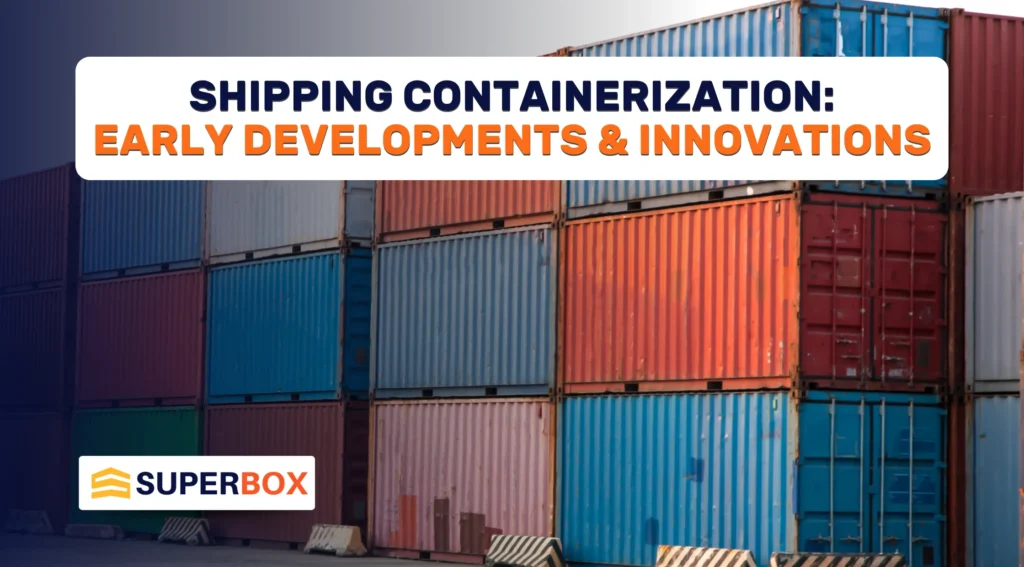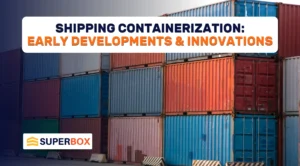Shipping containerization has changed how goods are transported around the world. By creating standard sizes for containers, it has made shipping more efficient, secure, and environmentally friendly.
In this blog, we will look at the problems with shipping before containers were invented, the key inventors who developed container technology, the early designs of containers, and how intermodal shipping, which uses different modes of transport, came about from these innovations.
Pre-Containerization Shipping: Challenges and Inefficiencies
Before shipping containers changed the way we move goods, there were many problems with transportation. This time was characterized by a lot of manual work, uneven packaging, and long shipping times, which made international trade hard and expensive. Let’s explore the main issues that made shipping less efficient and reliable before containers were introduced.
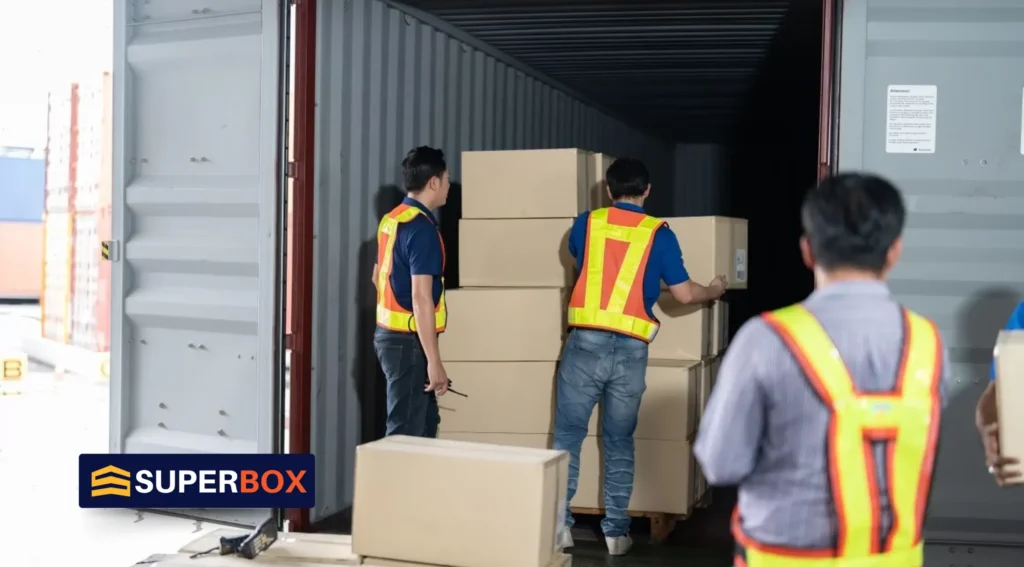
Manual Handling of Goods
Before the invention of shipping containers, goods must be loaded and unloaded by hand. This meant many workers were needed, which drove up labor costs. Handling items manually also comes with huge risks, such as the potential for damage or theft during the loading and unloading process.
Because this labor-intensive method was so time-consuming, it made international trade difficult and unreliable. If something went wrong during loading or unloading, it could lead to delays and lost profits.
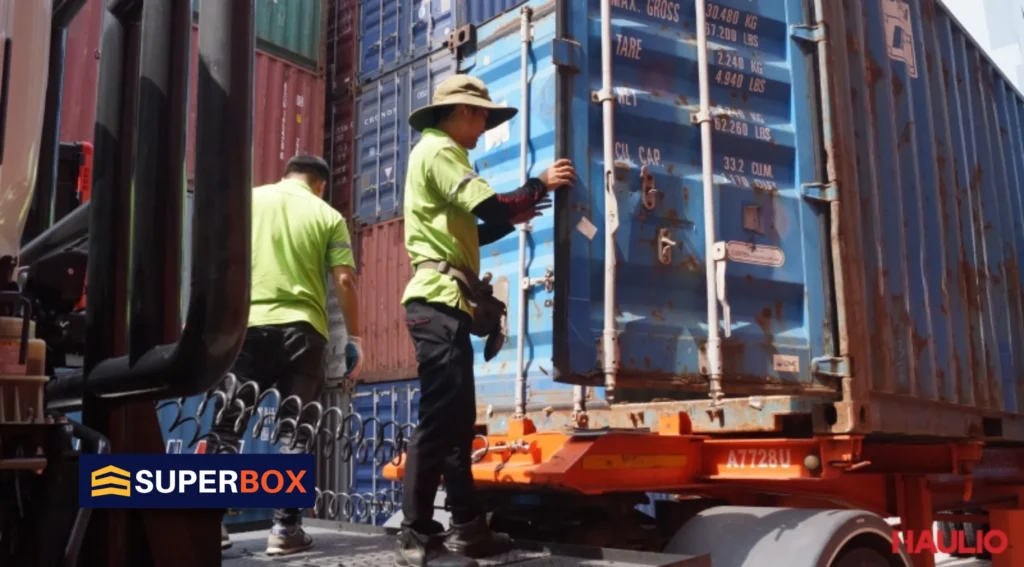
Lack of Standardization
Another major challenge was the lack of standard sizes for shipping. Without standardized containers, packaging varied greatly from one shipment to another. This inconsistency created problems when transporting different types of cargo.
For instance, perishable goods like fruits and vegetables require quick and careful handling to avoid spoilage. With no uniform packaging, it was hard to ensure that these items were transported safely and efficiently.

Long Transport Times and Costs
The inefficiencies in the shipping process led to longer transport times and higher costs. Since goods were often delayed while being loaded and unloaded, international trade became slower and more complicated. This not only frustrated businesses but also made managing the entire supply chain more difficult.
Shipping Companies had to deal with the challenges of keeping track of shipments and ensuring they arrived on time, which often resulted in additional expenses. Overall, the pre-containerization era was marked by a lot of obstacles that made global trade much less effective.
Key Figures in Container Development
The development of shipping containers was made possible by a few key innovators who recognized the need for better ways to transport goods over long distances. Their ideas led to significant advancements in the logistics industry.
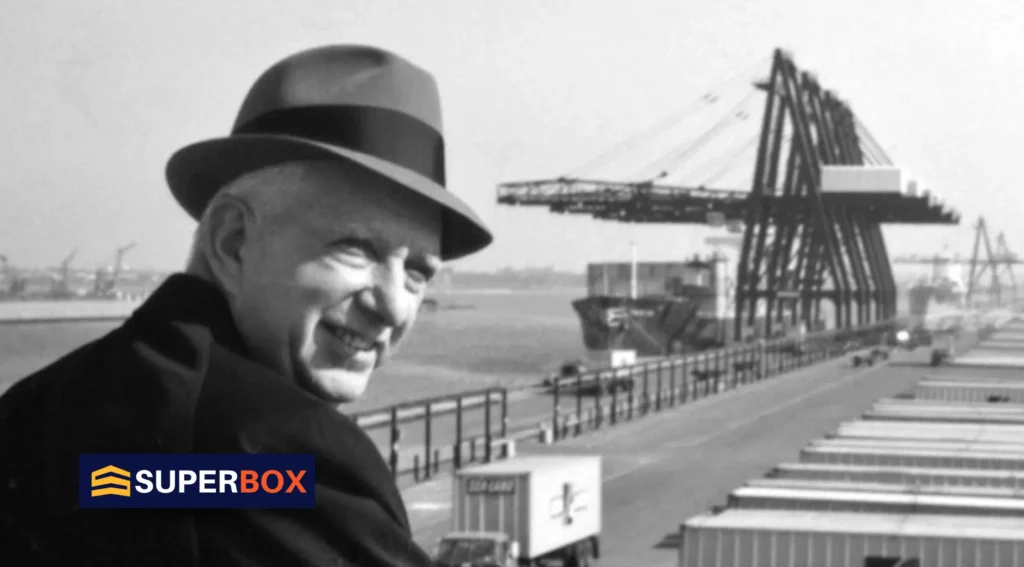
Malcolm McLean
Malcolm McLean was an American businessman and a pioneer in shipping, often called the father of containerization. In the 1950s, he saw how slow and inefficient traditional shipping was, with goods being loaded and unloaded by hand. McLean imagined a system that used standardized containers, which would make it easier to transport goods by truck, train, and ship. His company, Sea-Land Service, was the first to put this idea into practice on a large scale, completely changing the logistics industry and speeding up international trade.

Keith Tantlinger
Keith Tantlinger was an engineer and inventor who made important contributions to container shipping technology. He worked alongside Malcolm McLean to design the first practical shipping containers and created the twist-lock mechanism that kept containers secure during transport. Tantlinger’s innovations not only enhanced security for cargo but also allowed for better stacking of containers on ships and in ports. His efforts were vital in making container shipping a dependable and effective method for handling global trade.
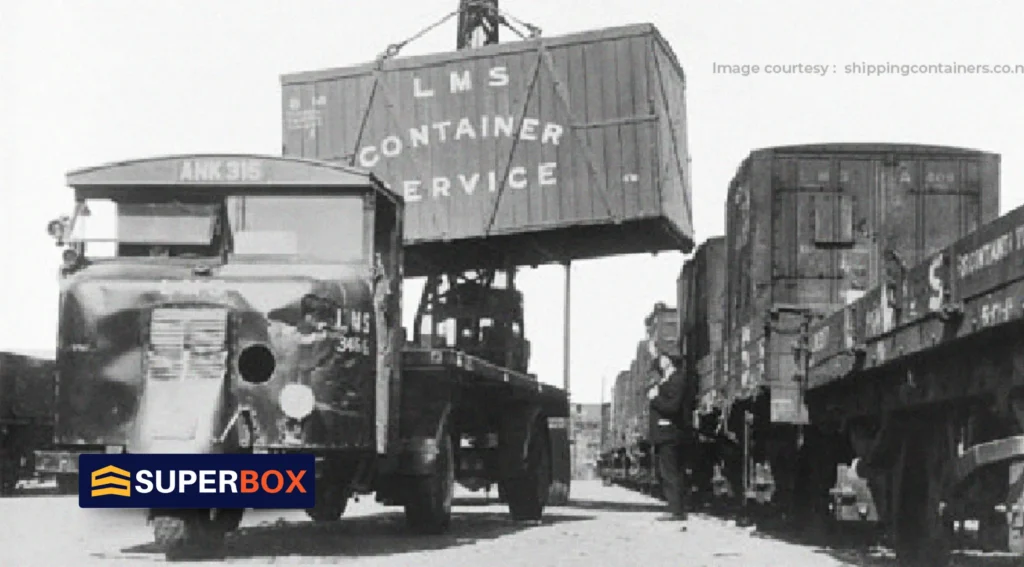
Early Container Designs and Materials
The development of shipping containers has come a long way since their early designs. Understanding how these containers evolved helps us appreciate the advancements that have made modern shipping efficient and secure. Let’s take a closer look at the initial designs and the innovations that followed.
Initial Designs
The first shipping containers were pretty basic, usually made from wood or metal and lacking standardized sizes. This inconsistency made it difficult to handle the containers safely and securely.
Evolution of Container Technology
As time went on, container designs evolved to include standardized sizes and stronger materials. One significant advancement was the use of corten steel, which is durable and resistant to weather. These improvements made it easier to transport different types of cargo, including perishable goods, safely and efficiently.
The Intermodal Concept and Its Development
The intermodal concept has changed the way goods are moved by combining different transportation methods. This approach makes shipping more efficient and helps make global trade more sustainable. Let’s look at how intermodal transportation works and how it affects supply chain management.
Understanding Intermodal Transportation
Intermodal transportation uses standardized shipping containers to allow easy transfers between different transportation modes, like trucks, trains, and ships. This system helps optimize logistics and boosts efficiency in moving goods.
Enhancing Global Supply Chain Management
Containerization has significantly improved supply chain efficiency by reducing the risk of delays and damage to cargo. The ability to switch between various transportation modes streamlines the shipping process, making it more reliable for the global supply chain.
Eco-Friendly Innovations
Recent advancements in shipping container technology have also emphasized sustainability. These eco-friendly innovations help reduce the carbon footprint of shipping, making global trade more environmentally responsible.
Conclusion
The early developments in shipping containerization have had a profound impact on global trade and supply chain management. These innovations have paved the way for a more efficient, secure, and eco-friendly logistics industry by overcoming the challenges of pre-containerization shipping. As we look to the future, continued advancements in shipping technology promise to further enhance global trade.
Transform Your Shipping Experience with SuperBox Containers!
Discover how the early developments in shipping containerization have transformed global trade and logistics. At SuperBox, we offer top-quality shipping containers designed to meet all your transport needs. Whether you’re looking for durability, security, or efficiency, our containers are built to last.
Ready to enhance your shipping operations? Contact us today at 210-557-006 and let SuperBox provide the perfect solution for your business!

